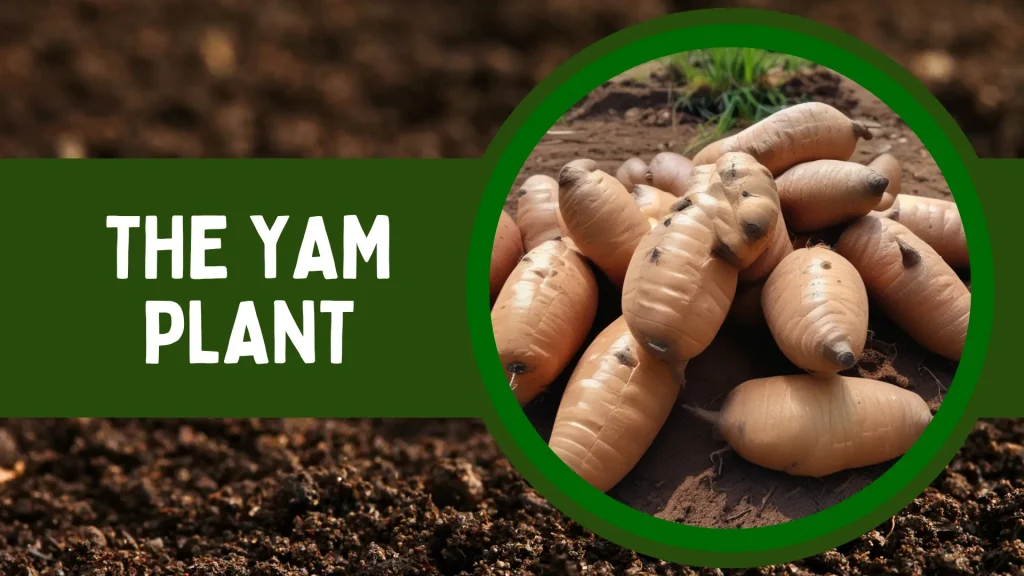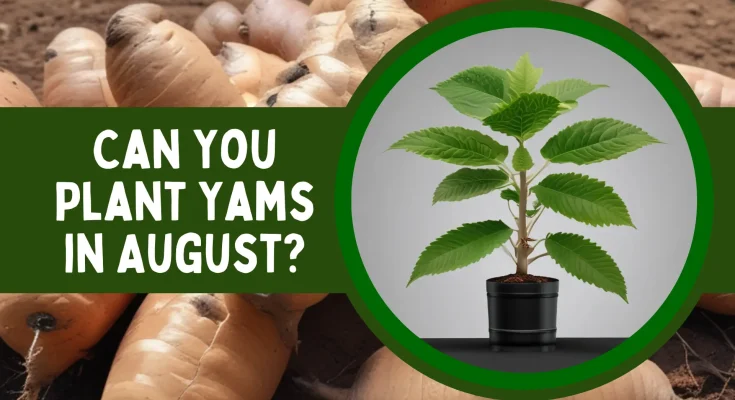In terms of gardening, particularly in USDA hardiness zone 9a, the question of whether to plant yams in August is posed from multiple dimensions. This article will explore the climatic conditions of zone 9a as well as the specifics of yam cultivation and offer practical advice for gardeners looking to push their yields to the max.
Understanding Zone 9a
Zone 9a has mild winters and long growing seasons, making it very suitable for growing many types of crops. The average temperature in this zone ranges from 20°F to 25°F (-6°C to -3°C), meaning one can garden throughout the year. The average growing season is often between late February up to early December, during which many vegetables and tubers are grown.
The Yam Plant: An Overview
Yams belong to the genus Dioscorea and are a tropical tuber. While often confused with North America, yams are not sweet potatoes. Yams have a scaly skin and a large size-many of them grow to several feet in length. Yams thrive in warm climates and well-drained soil.
Key Characteristics of Yams:
- Temperature Requirements: Yams thrive in temperatures between 70°F and 90°F (21°C to 32°C).
- Soil Preferences: They prefer loose, well-drained soil rich in organic matter.
- Watering Needs: Day-To-Day watering is neccassary, especially during dry spells.
Timing for Planting Yams
In general, yams go in the ground in spring after the last frost date. That falls within mid-April to early May in zone 9a, allowing time for plants to establish themselves in warm late spring and summer months. Planting in August is a different matter altogether, with its own set of difficulties.
Can I Plant Yams in August in Zone 9a?
Late Planting Considerations
Yams should not be planted during August because of the following:
Limited the growing season : By August, temperatures were starting to cool down while still preparing for fall. Zone 9a was warm enough for yams, but the days were short, giving insufficient time for harvest before the first frost.
Frost Risks: Although frost is not common in zone 9a, it can happen already as early as late October. Yams take 120-150 days of growing time from planting date to harvest; therefore, planting in August may not result in a successful crop.
Alternative Crops
- Instead of yams, gardeners can consider planting other crops that thrive during this time.
- Sweet Potatoes: These can be planted later than yams and have a shorter growing season.
- Fall Vegetables: There are crops like broccoli, cauliflower, and kale that can be planted in August for a fall harvest.
Best Practices in Yam Cultivation
If you decide to grow yams or any crop during this period, here are best practices to consider:

Soil Preparation
- Ensure that your soil is drained well, full of organic matter
- Add compost or well-rotted manure before to planting
Grafting Techniques
- Planting material; such as yam slips or small tubers.
- Plant them at the right distances, say about 12 -18 inches apart
Watering and Care
- Use enough water but avoid waterlogging the soil.
- Mulch around the plants to retain moisture as well as suppress weeds.
Plant to Avoid near Yams
While many plants benefit yams, some should be avoided due to potential negative interactions:
- Potatoes: Yams and potatoes share similar diseases; cultivating them together will enhance the risk of that disease.
- Family: Brassica family members, such as cabbage and broccoli, compete with yams for nutrients and space.
- Fennel: Fennel has been reported to stunt the growth of many varieties, including yams.
Companion Planting with Yams: Useful Tips
Some of the best companion plants for yams in zone 9a include:
- Beans : The nitrogen-fixer is their use and adds nutritional benefits for yams.
- Corn : It serves as a natural trellis for climbing beans and acts as a means of producing shade to ensure retaining more soil moisture.
- Squash : It serves as a means of weed suppression, grounds, retaining moisture that has been preserved along with similar growing conditions.
- Marigolds: It Helps to repel nematodes, as well as attract beneficial insects, thus helping overall health of the garden.
- Basil: Helps repel aphids and make other crops, including yams, taste better.
- Onions: Their powerful scent helps repel other harmful insects that could damage your yams.
- Peppers: They grow in similar conditions as yams and can also bring pollinators to garden.
- Sweet Potatoes: They have somewhat similar growing requirements and can be planted near your yams without competing for resources.
Wrap Up
Companion planting is a good method to improve on yam growing in zone 9a. Choosing compatible plants such as beans, corn, marigolds, basil, and onions can be a successful way of making sure to have a healthy population with minimal pest problems. Knowing which plants thrive together doesn’t just ensure maximum yields but helps create a more sustainable gardening practice.
And if carefully planned and paid attention to the relationship between plant species, then some will have fun harvesting yams and all these companion crops which contribute positively to your garden’s health and productivity. Happy gardening!



